On the edge: why do so many people choose to live under volcanoes?
Understanding Spices
Your cart is empty.
SUBTOTAL
£0.00

Understanding Spices
Since the dawn of humans, volcanoes have been present in our culture, history and general existence. Ethiopia – where modern Homo Sapiens first appeared – is chocked full of them. In fact, volcanoes have been around long before any of us were on this planet. For pretty much as long as earth has existed, there have been volcanoes. Quite naturally, we’re often taught to fear them. Yet, at the same time, it’s that same fear that attracts us to them and fascinates us. It’s one of mother nature’s most epic displays of raw, destructive power.
We’ve all heard the stories of Krakatoa – the eruption so big that 10% of the world heard it and the ash cloud so large that it altered weather patterns and seasons on the other side of the world in Europe, disrupting crop cycles! Much more recently, there was the Icelandic Eyjafjallajökull (try pronouncing that out loud) which, when it last erupted in 2010, caused havoc for airlines as the whole of the European airspace became a no-fly zone because of the ash cloud.
Even our very own company director Matt Webster has had a brush with volcanoes. He just about managed to fly out of Indonesia before Mount Agung erupted in Bali, once again closing airspace as gigantic ash clouds wreaked havoc.
These things are not to be messed with. Indeed, if the burning hot lava doesn’t get you then perhaps it’ll be the choking ash? Or the pyroclastic flows (might have to head back to Geography classes for that one) and unstoppable mud rivers. The bottom line is that if you’re a human being, you don’t want to live near one of these things. And yet…millions of people do. All over the world, throughout Indonesia and vast swathes of South America, Africa and even some parts of the Mediterranean, people live right next to these things. Why is this?
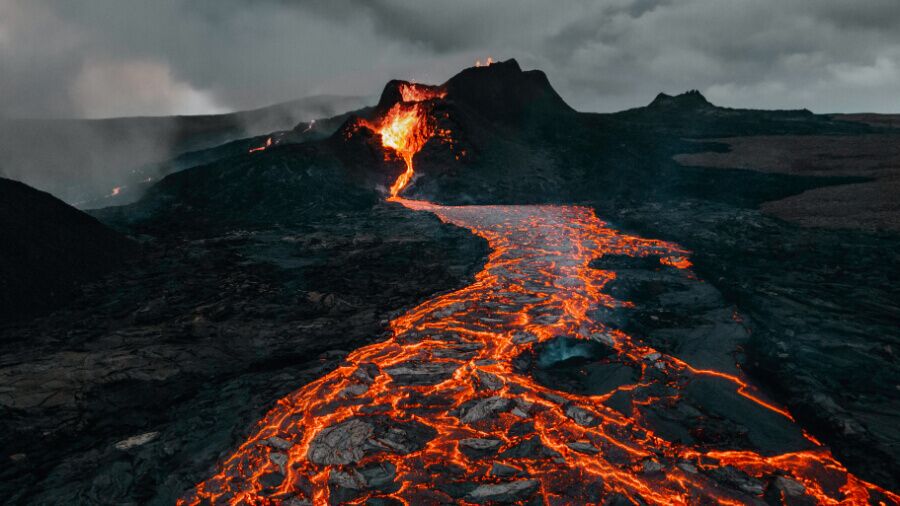
It all links back to one of those things that can kill you if you’re too near during an eruption. Ash. The ash expelled during volcanic eruptions contains an abundance of nutrients such as calcium, potassium, magnesium and phosphate – all nutrients that are vital for growing plants.
A process known as ‘chemical weathering’ slowly makes lava soil more fertile than ordinary earth. The ashes release the nutrients and increase their surface area, meaning they can hold even more nutrients and water. They’re also great at sucking carbon out of the atmosphere and putting it into the soil. Essentially, the ash that is belched out by these fiery mountains is free fertiliser!
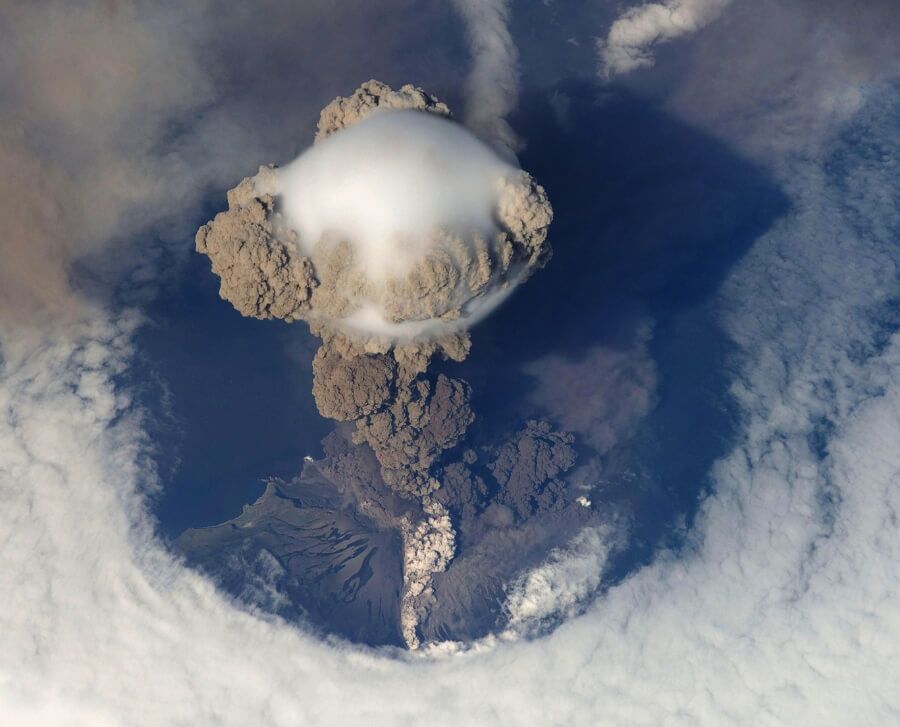
The people who live in the shadow of volcanoes know the risks, but having weighed everything up, believe it’s well worth it for the fertile ground. All around the globe, we can see examples of how this risky relationship pays off. For example, in Indonesia (the nation with the world’s most active volcanoes) they are able to get up to three rice harvests a year – a staple food that supports the massive 270 million strong population. Indeed, many scientists have theorised and confirmed that it’s due to the presence of active volcanoes that Indonesia (particularly the island of Java) has been able to sustain such a high population density.
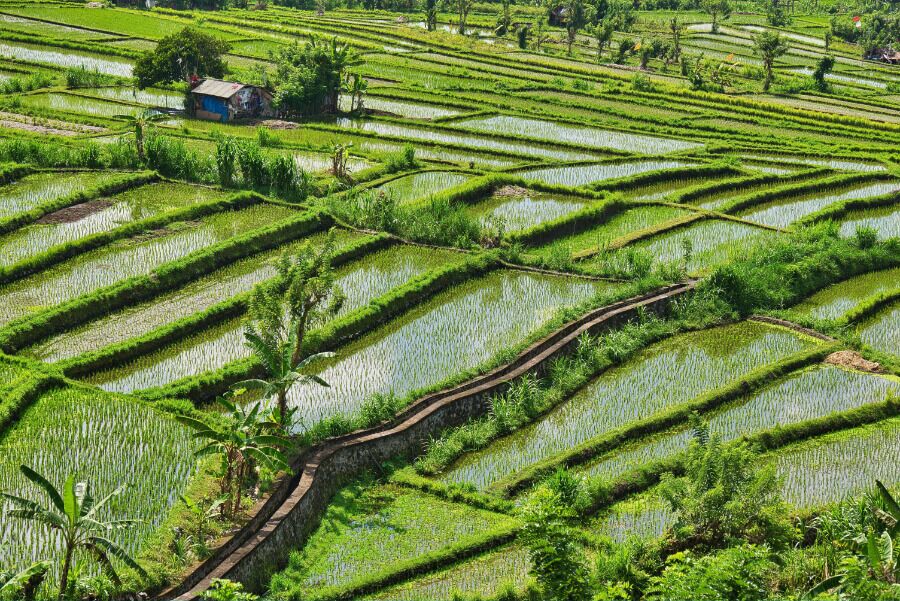
What else are they growing? Spices, of course! The combination of the weather around the equator and the ridiculously fertile soil has created the perfect conditions for growing spices. For example, the islands of Maluku and Ambon are home to the biggest productions of cloves. Meanwhile in the Banda islands, under the shadow of Banda Api (a classic cone-shaped volcano), the world’s largest plantation of nutmeg was for hundreds of years viciously fought over and controlled by various colonial Empires such as the Dutch and British.

Meanwhile, in the Democratic Republic of The Congo, Mount Nyiragongo just recently erupted in May 2021. It’s considered one of the most dangerous volcanoes in Africa and it’s not hard to see why. Fast-moving lava quickly headed towards the city of Goma – home to around 1.5 million people and just six miles away from the volcano. The lava flow was reported to be three stories high, swallowing up whole villages and buildings.
It’s all terrifying stuff…and yet, after each eruption (there were two previous big ones in 1977 and 2002), farmers have eagerly returned to find their soil enriched. They have reported how their vegetation is growing more than six foot tall with banana plantations and cabbages thriving.
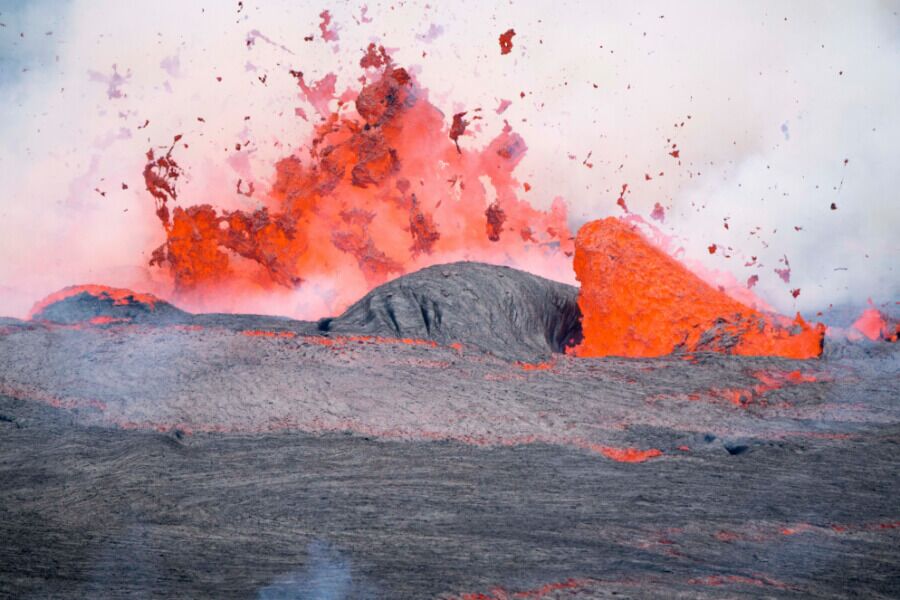
Over in Iceland – an infamous volcanic hotspot in Europe – they’ve found plenty of benefits in living so close to volcanoes. While the climate is very cool and the window of opportunity to actually grow crops limited, they are able to produce potatoes, turnips, carrots, cabbages, kales and cauliflowers, all thanks to nutrient-rich soils. Meanwhile, they’ve gone one step further in being able to harness the geothermal energy produced by all the volcanic activity beneath their feet. Using this heat, they’ve heated greenhouses and had great success in growing what would usually be subtropical crops such as tomatoes, cucumbers, green peppers and more. Genius!
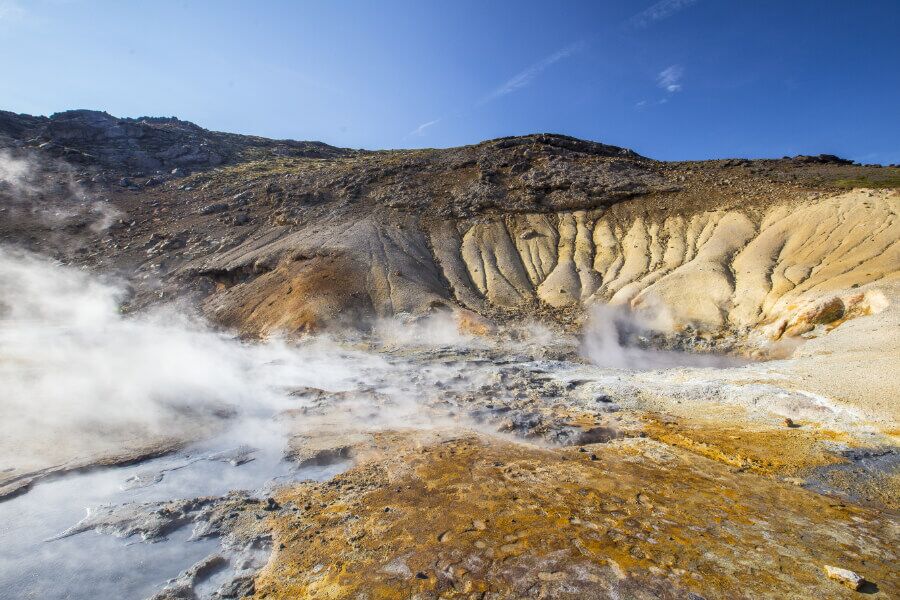
As for Ecuador in South America? It’s home to no less than 47 volcanoes which are in no doubt partly responsible for its exceptional production of bananas, cocoa and coffee. Wherever you go around the world, it’s very clear to see the relationship between volcanoes and humans. Despite their terrifying nature and ability to cause so much death and destruction, they are also inextricably linked to the provider of life – food.
The problem is that when you take the risk of living so close to these fiery beasts, sometimes it will inevitably backfire. When a wall of lava is heading toward your crops, there’s not much you can do. As of yet, humans have not been able to figure out how to control volcanic eruptions and prevent them but given the evidence and links to our food production, we shouldn’t want to. For thousands of years, we’ve learnt to live with them and thrive on what they give us amongst the destruction.
Next time you’re biting down on a deliciously dark chunk of Ecuadorian chocolate or throwing in a round of our spices to your fried noodles, remember that part of the reason they’re here is thanks to a volcano. Strange, but true!
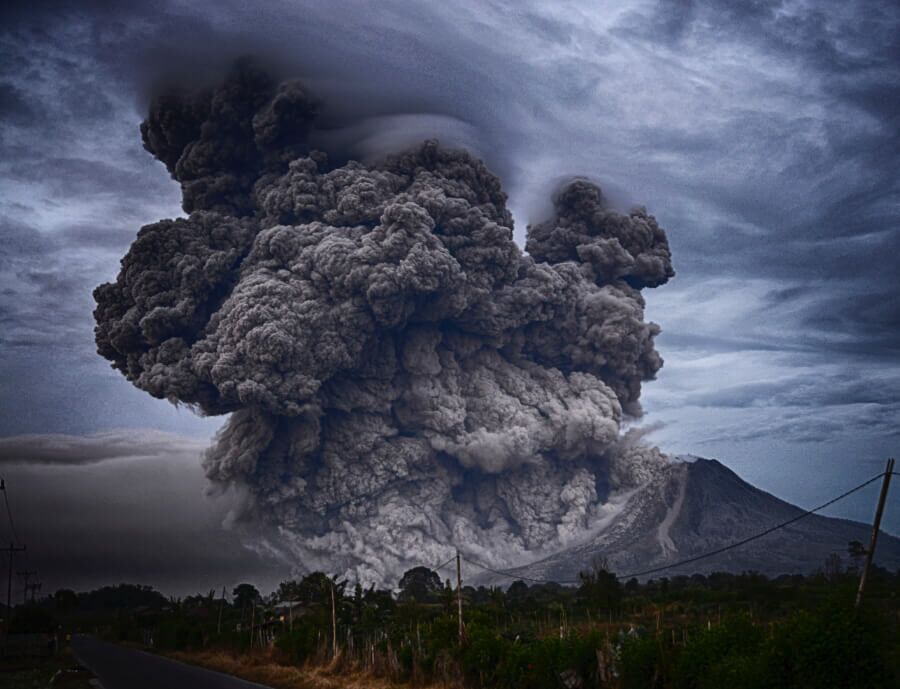
Understanding Spices
Spices have long been integral to the UK's culinary landscape, adding depth, flavours, and richness to a myriad of dishes. From the pungent aroma of cumin in Indian curries to...
Read MoreUnderstanding Spices
Confetti is an essential part of any wedding day. Not only is it a wonderful way to greet a newlywed couple, but it also provides some beautiful photo opportunities. The...
Read MoreSeasonal Ideas
It’s no secret that any handmade gift will always be more special than a store-bought one. Homemade food gifts are especially wonderful, a labour of love that shows someone you...
Read MoreHealth and Wellbeing
It’s no secret that winter’s cold and gloomy weather makes us crave indulgent dishes like fondue and baked goods like sticky toffee pudding and apple crumble. While Christmas is the...
Read More